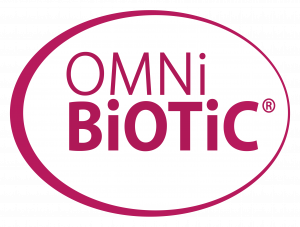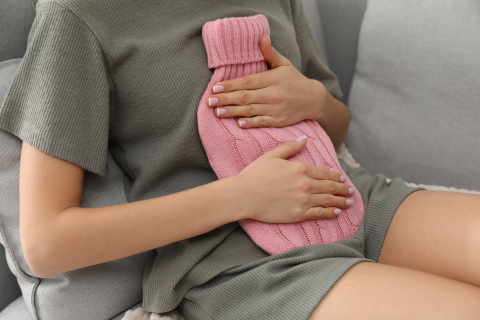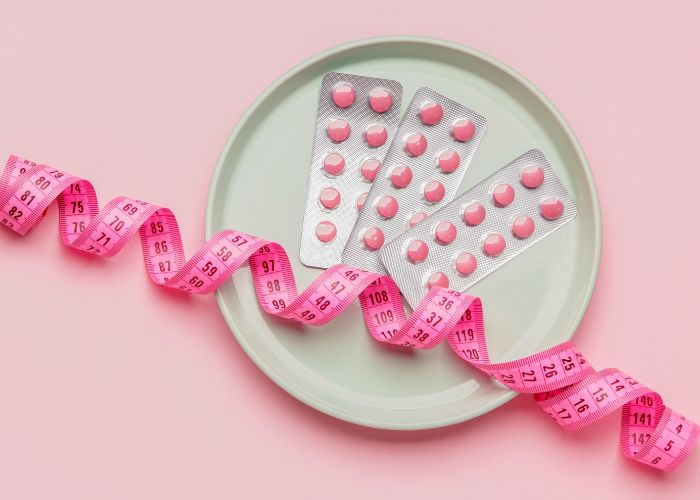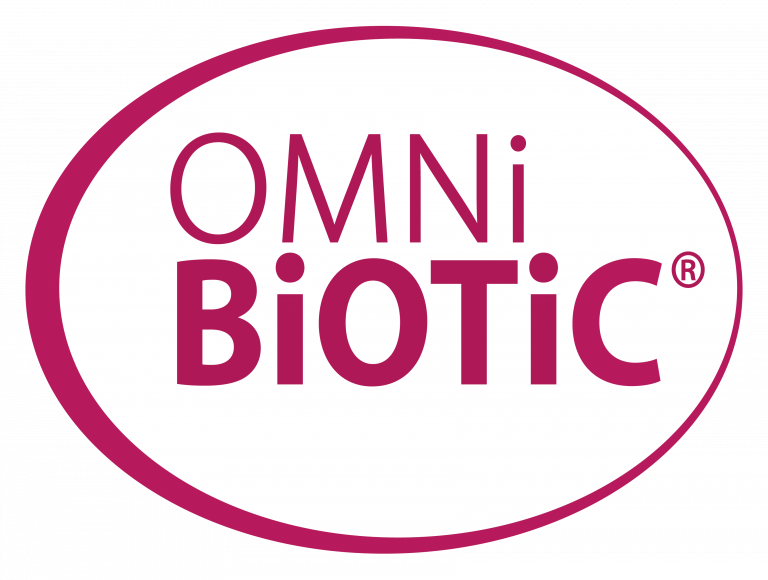A lack of sports, stress and a high caloric, one-sided diet can be responsible for a chubby physique. However, the intestinal flora composition also plays a significant role. Find out how to influence the intestinal flora and which tips can help you lead a balanced life
Few things are as important in our modern society as having the perfect appearance and body weight. At the same time, it is clearly difficult to find a healthy balance: On the one hand, extremely thin models still show off their bodies on social media (albeit, with a downward trend) and create unattainable standards. Whereas, on the other hand, health organisations are producing alarming numbers reporting that about 30% of people in German-speaking countries are overweight or obese. Apparently, it is a huge challenge for individuals to find their own ideal weight which makes them happy and isn’t unhealthy.
Defined scientific measurements can serve as a guide to our ideal weight and can be determined by anyone: Dividing the body weight in kilogrammes by the body height in square meters equals the so-called Body-Mass-Index (BMI).
Body-Mass-Index (BMI)
A BMI over 24 in women and over 25 in men is considered as overweight and we refer to obesity when the BMI is above 30. However, the BMI on its own should be treated with caution as it doesn’t take the amount of fat or muscles into account: As a result, athletes with a high muscle mass would be considered as overweight according to the Body-Mass-Index, as muscles weigh more than fat. That is where the Waist-to-Hip-Ratio (WHR) comes into play: It calculates the ratio between the waist and hip and reveals the distribution of our fat. Simply put: „Love handles“ are less harmful to our health than „belly fat“. This so-called visceral fat, which is stored in the abdominal cavity and covers the internal organs, increases the risk of developing certain diseases such as heart attacks, hypertension, strokes, arteriosclerosis, diabetes, thrombosis, Alzheimer’s and cancer. To determine the WHR, the circumference of the waist (between the iliac crest and the rib cage, slightly above the belly button) and that of the hip (the widest part of the buttocks) is measured and the latter is then divided through the first value (waist/hip). The results should be lower than 0,85 for women and lower than 1 for men.
Is it all just predisposition?
The main contributors that promote obesity are well known and can be avoided by anyone: a lack of exercise, excessive food intake and the consumption of unhealthy foods. Yet, it appears that some people can eat as much as they want without gaining weight despite doing very little exercise, whereas others put on weight after indulging in just the smallest meals. A person’s genetic predisposition does play a central role in this context, nevertheless, science is also taking a closer look at the intestinal flora.
One of the important findings reveals that the composition and diversity of the intestinal bacteria differ between lean and obese individuals. The biggest differences can be found between the Bacteroidetes and Firmicutes. The ratio of these bacteria can be drastically altered in overweight individuals with the intestines containing 2.000 times more Firmicutes than Bacteroidetes, which has a direct effect on the energy metabolism. The human microbiome that tends towards obesity produces too many enzymes that break down carbohydrates that are usually difficult or impossible for us to break down. Therefore, the Firmicutes extract significantly more energy out of our food than Bacteroidetes.
The main culprits of this excess energy belong to a sub-group of the Firmicutes, the so-called Clostridia. Their job is to break down food as efficiently as possible and played a decisive role in the evolution of mankind: In times when high-caloric food wasn’t always available, extracting almost every calorie from our food was essential for our survival. Nowadays, in a time of food abundance, having an excessive amount of special Firmicutes in our intestines is more of a curse than a blessing: The more carbohydrates we provide our bodies – especially the „bad ones“ such as sugar or white flour products – the more these bacterial strains multiply.
The composition of our intestinal flora decides whether we are good or bad at processing food.
Bacteria from the family of the Bacteroidetes, on the other hand, are able to transport large amounts of residual carbohydrates out of the intestines. This is clearly evident when comparing the energy surplus in the stool of overweight and normal individuals: Thin people have a much higher amount of calories in their stool than that of the overweight population. In other words, more unused energy „leaves“ the bodies of people with a normal weight. Consequently, the intestinal flora composition determines whether we are good or bad at processing food. Stool analysis tests are available at most pharmacies and can help determine which group you belong to.
Is it all just predisposition?
The main contributors that promote obesity are well known and can be avoided by anyone: a lack of exercise, excessive food intake and the consumption of unhealthy foods. Yet, it appears that some people can eat as much as they want without gaining weight despite doing very little exercise, whereas others put on weight after indulging in just the smallest meals. A person’s genetic predisposition does play a central role in this context, nevertheless, science is also taking a closer look at the intestinal flora.
One of the important findings reveals that the composition and diversity of the intestinal bacteria differ between lean and obese individuals. The biggest differences can be found between the Bacteroidetes and Firmicutes. The ratio of these bacteria can be drastically altered in overweight individuals with the intestines containing 2.000 times more Firmicutes than Bacteroidetes, which has a direct effect on the energy metabolism. The human microbiome that tends towards obesity produces too many enzymes that break down carbohydrates that are usually difficult or impossible for us to break down. Therefore, the Firmicutes extract significantly more energy out of our food than Bacteroidetes.
The main culprits of this excess energy belong to a sub-group of the Firmicutes, the so-called Clostridia. Their job is to break down food as efficiently as possible and played a decisive role in the evolution of mankind: In times when high-caloric food wasn’t always available, extracting almost every calorie from our food was essential for our survival. Nowadays, in a time of food abundance, having an excessive amount of special Firmicutes in our intestines is more of a curse than a blessing: The more carbohydrates we provide our bodies – especially the „bad ones“ such as sugar or white flour products – the more these bacterial strains multiply.
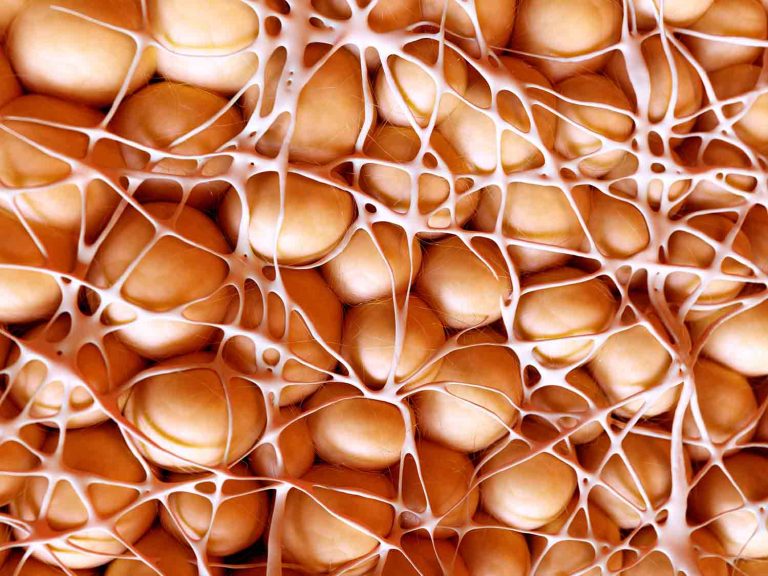
Bacteria from the family of the Bacteroidetes, on the other hand, are able to transport large amounts of residual carbohydrates out of the intestines. This is clearly evident when comparing the energy surplus in the stool of overweight and normal individuals: Thin people have a much higher amount of calories in their stool than that of the overweight population. In other words, more unused energy „leaves“ the bodies of people with a normal weight. Consequently, the intestinal flora composition determines whether we are good or bad at processing food. Stool analysis tests are available at most pharmacies and can help determine which group you belong to.
The human microbiome that tends towards obesity extracts more energy from food than that of slim individuals.
The intestinal flora is the foundation of health and illness.
An unbalanced microbiome doesn’t only express itself through an increased intake and break down of food. Some of the bacteria that can be found in overweight people can also interfere with the function of the intestinal barrier (Leaky Gut) and fuel chronic inflammations in the intestines. As a result, more bacterial toxins (endotoxins) and other harmful substances can enter the organism through food. What’s more, this also has a negative impact on the liver (for example, the development of non-alcoholic fatty liver hepatitis and liver dysfunction is boosted) and correlates with an inappropriate reaction towards insulin. This, in turn, is the starting point for other diseases such as hypertension, dyslipidaemia and insulin resistance – which ultimately results in the development of a metabolic syndrome.
An (inconvenient) intestinal flora composition, however, isn’t set in stone. Instead, it can be changed into a healthy microbiome: Studies show that the intestinal flora of normal individuals changed surprisingly quickly to a change from their normal diet to a high-caloric diet. The number of „fattening“ Firmicutes increased, whereas the „good“ Bacteroidetes were decimated by about 20%. This resulted in an increased energy yield by up to 215 kilocalories per day. This may not sound like much but adds up to a weight gain of 10kg per year.
Tips for the journey to your dream body
A balanced diet
How many calories we need is different for every individual. Our needs can be calculated with the metabolic rate (1.300 kcal for a 60kg woman and 1.900kcal for an 80kg man) and active metabolic rate as a result of our physical exertion. If our energy balance is offset, for example when we eat more than we need, we gain weight. Make sure to eat fibre-rich foods, a lot of veggies and plenty of beans, whereas processed meat, fish and sausage products as well as deep-fried food should be avoided. To know what you are really eating, take a look at the label on the food packaging. Often enough, a lot of fat and sugar is hidden in apparently healthy food. Freshly prepared at home tastes best!
Enough exercise
Every adult should do at least 2 1/12 hours of medium physical activity per week or 1 1/4 hours of high physical activity. Whichever sports you choose is a matter of taste, as long as it’s fun! However, before severely obese individuals or people with other diseases start their sports career, they should first consult their doctor. Sports can be easily integrated into everyday life: Taking the stairs instead of using the elevator, taking the bicycle to work instead of driving by car, quick exercises to loosen up and stretch at work etc. By the way: Did you know that exercise also has a positive effect on the intestinal bacteria?
Getting your dream body through the intestines
The road to a healthy feel-good weight isn’t easy – especially in our modern-day society – and includes obstacles such as omnipresent temptations (from food trucks to sweets and even soft drinks) and inconvenient social customs (during the carnival season there’s the daily doughnut, the Easter bunny brings plenty of sweets, and chocolate is our go-to comforter). That is why it’s important not to quickly lose weight with a short-term crash diet and then gain twice the amount of weight again shortly after. Instead, try tackling the problem from more than one direction to achieve and keep your dream figure. One of these directions is the modulation of the intestinal flora from fattening to slimming bacteria: Large studies actually show that the imbalance of intestinal bacteria can be positively influenced by the long-term intake of special probiotics. The added bacterial strains achieve this by replacing the fattening bacteria.
The „slimming“ Bacteroidetes can also sustainably colonise the intestines and multiply. As they are mainly anaerobic (this means that they can’t survive in the presence of oxygen), they can’t just be „swallowed“. Nevertheless, we can give them the appropriate nutrients that they need: The Bacteroidetes love certain fibres, which are also beneficial to your dream body: Their swelling properties create a longer lasting feeling of fullness by expanding the contents of the stomach and intestines.
Furthermore, fibres stimulate peristalsis in the intestines and transport the food bolus quicker through the digestive tract. Consequently, food can’t stay in the intestines long enough to be digested by the Firmicutes. The „good“ intestinal bacteria really like certain fibres such as pectin, which can be found in high concentrations in, for example, apples. Besides pectin, inulin or oligofructose also belong to the prebiotic fibres. These can be found, among others, in chicory, black salsify, leek, lentils, parsnips and Jerusalem artichokes. Alternatively, you can always get the corresponding prebiotics from your local pharmacy.
The bitter melon (Momordica charantia) can also help you achieve your dream body. Ayurvedic medicine has long assumed that this tropical cucurbit has a health-promoting effect and uses it to treat type-2 diabetes. Recently, researchers at the University Gießen were able to determine an average blood sugar decrease of 15% in animal tests. What is more, some substances within the bitter melon have a weight-reducing effect and boost the metabolism.
Pre- and probiotics can simplify the journey to your ideal weight – but you still have to do it yourself! Laying back and just relying on the intestines won’t bring the desired results. A moderate and balanced diet, plenty of physical activity and maybe some psychological help (to overcome eating disorders) can help you achieve your ideal body weight and keep it long-term – and live your life with a healthy body.
